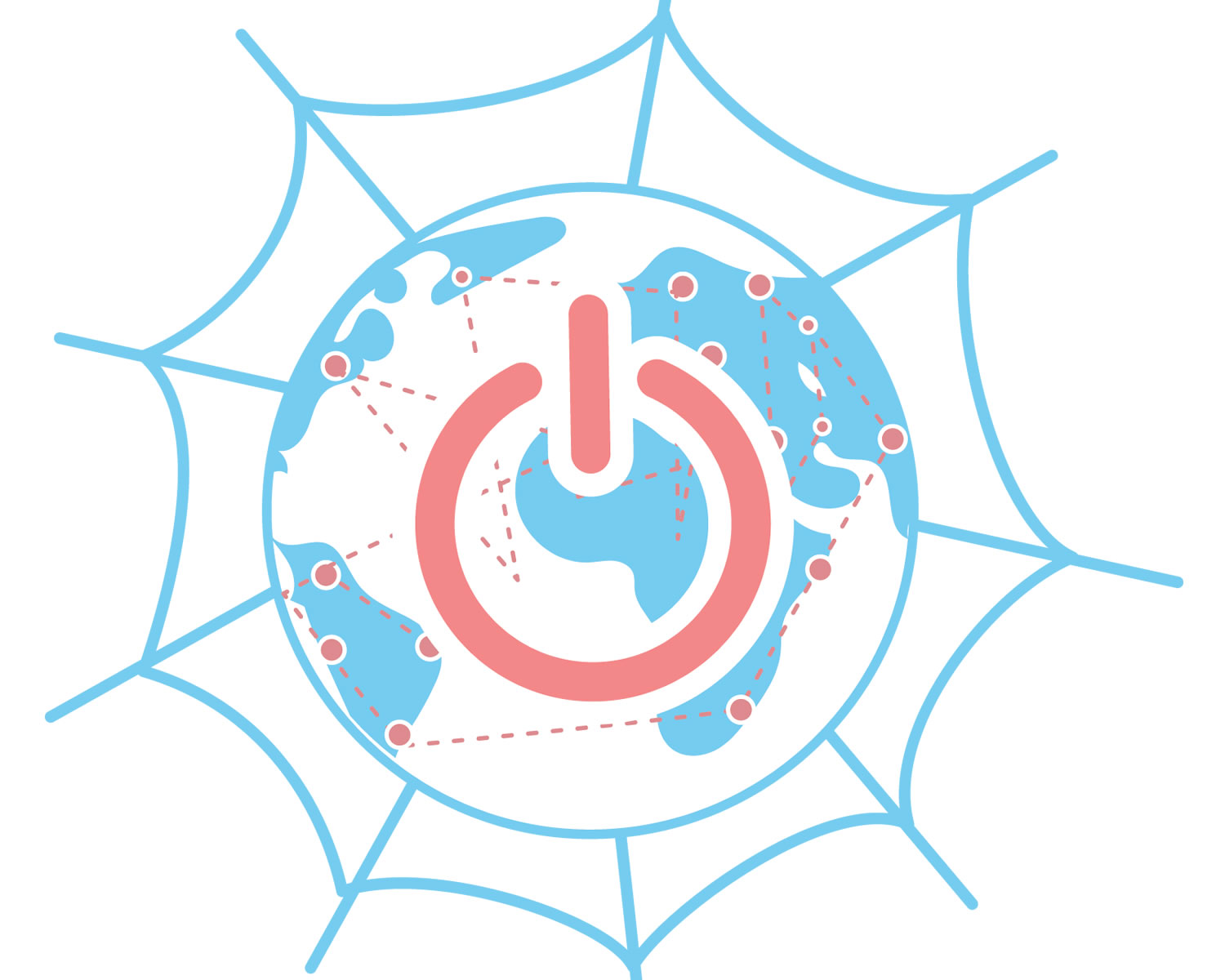
The root on which the name and functioning is documented dates to December, 1974, in relation to the work titled Specification of Internet Transmission Control Program, RFC 675 (by Request for Comments), by the Stanford American researchers, Vinton Cerf (deservingly nicknamed “the father of the Internet”), Yogen Dalal and Carl Sunshine.
Internet, whatever written in upper or lower case, comes from internetwork, cited many times in the original paper regarding the TCP protocol (Transmission Control Program, later the P would stand for Protocol) on which the connectivity of data is governed, with the prefix inter-, from the Latin inter and the Indo-European *enter, which translated to in between, acting as a conector, and on the other hand, network, understanding an operational net encompassing the participating processes, as a result of combining net, observed in the Old English net from the Middle German netze, following the High German nezzi, with its roots in the Indo-European *ned-, to bind or unite, and work, seen in the Old English weorc, outlined by the Middle German werah, from the High German werc, based on the proto-Germanic *werka-, linked to the Indo-European *werg-, for “to-do”.
However, it was not always referred to as the Internet, with ARPANET being the predecessor. This was a creation of DARPA (Defense Advanced Research Projects Agency), with the aim of building a decentralized computer network capable of resisting the consequences of a nuclear attack, to remain operational, even if partially, promoting the idea of interconnectivity.
Since the continuous and rapid growth of the project, and its arrival to the corporate world, and to individuals, other agencies became involved in the network of networks, allowing the development of new services and contents, among which the Web (World Wide Web), conceived by the American Tim Berners-Lee in 1989, stands out. For most recent users, the Web quickly became a synonym for the Internet, absorbing the base on which it operates by the magnitude in the dynamics of its content and application options.
Today, the Internet is available not only on computers, but also on telephones, sensors, cameras, cars, and other devices, and has become an essential part of everyday life.